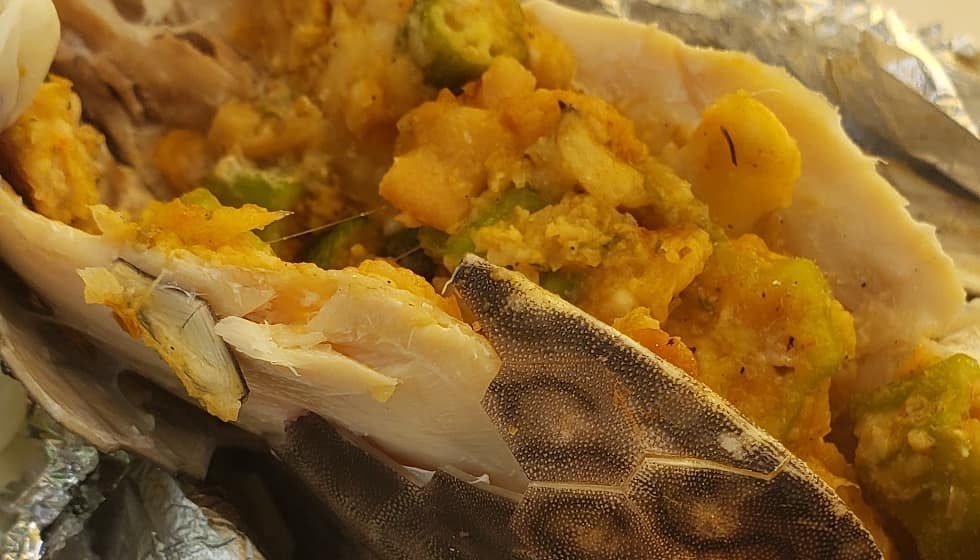Montserrat’s culinary story is rich, but we’ve been treating it like a garnish. Across the region, destinations are elevating food into full-blown experiences, building restaurant culture, curating food festivals, and promoting chefs as cultural ambassadors. Meanwhile, Montserrat has barely scratched the surface of its potential.
We already have the ingredients and the recipe book. What we need now is intentionality.

What Could Our Food Tourism Product Look Like?
Leveraging food and beverage to create a strong sense of place can boost visitor arrivals, increase Montserrat’s brand equity, and even drive export demand for local products. We see glimpses of this already: the number of people who carry butter bread back to the UK or America after a funeral, a festival, or a short visit; or the legend of Perk’s Punch, which still sparks curiosity today. No one seems to know the original recipe, but the nostalgia around it is proof that reviving or modernising such flavours could build a signature export.
According to the World Food Travel Association in their 2024 State of the Culinary Industry Report, about 25% of a visitor’s spend goes to food, even higher in premium destinations. That means every missed opportunity to showcase our cuisine is lost revenue and cultural impact.
The global trend is toward hyper-local dining. Visitors want to taste what’s unique to the place and to know its story. Imagine breadfruit as a staple in every restaurant, each chef putting their twist on it. Picture a server explaining, “These breadfruits were grown near the edge of the exclusion zone, from my grandfather’s backyard.” Or menus highlighting partnerships with local farmers: “Eggs provided by the Joseph family since 2022.”
Drinks menus could be equally distinctive. If residents rave about Jaxxxonz’ blackberry wine, why not let visitors do the same? A culinary strategy doesn’t mean being all things to all people; it means defining our flavour identity and owning it.
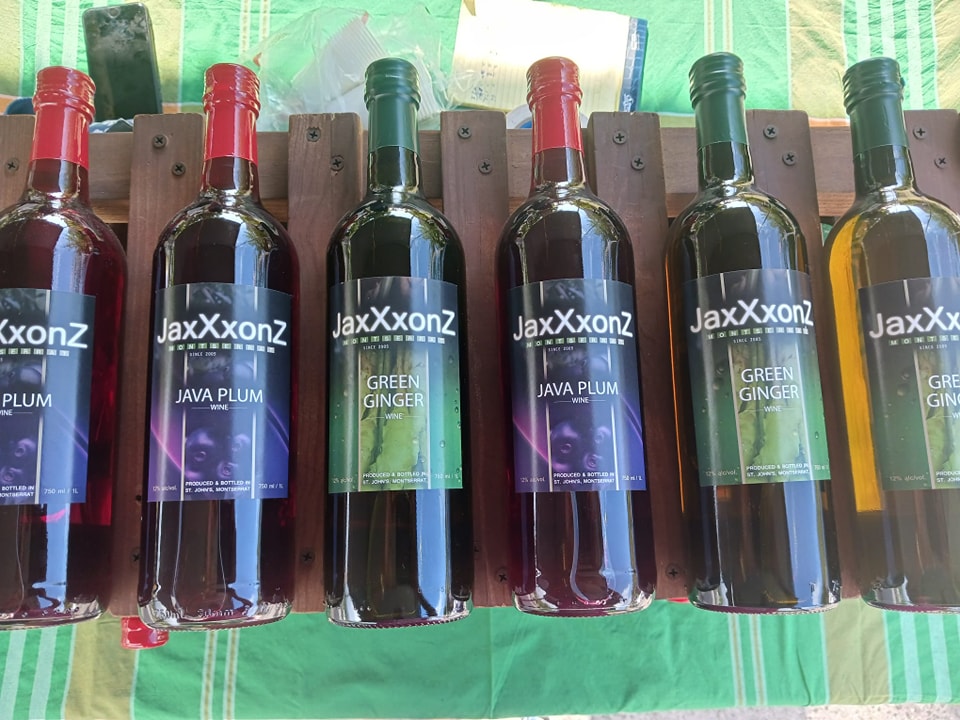
The Missed Opportunity
Local cuisine should be one of the first things visitors rave about. Instead, many leave unsure of what Montserrat’s food identity even is. A handful of restaurants and cook shops carry the weight of our culinary narrative, and private chefs rarely use traditional recipes.
Yet the Statistic Department’s 2024 Visitor Expenditure Survey shows that food already commands a significant share of visitor spending. Out of 1,119 respondents, EC$436,560.46 was spent on food and beverages, with diaspora visitors accounting for more than half (EC$226,271.17). Imagine the impact if more of that spend was tied to experiences that told our story.
Visitors don’t just want to eat; they want the story behind the meal. Who is the farmer behind the produce? Which grandmother perfected this recipe? We must design our culinary product around those stories.
The Current Food Landscape
Montserrat offers:
- A few beloved staples: goat water, ducana, cassava bread, bush rum.
- A handful of standout cooks and chefs.
- Limited dining options, especially in the evening.
- Few spaces where local ingredients are celebrated with creativity.
Too many menus default to generic fare; burgers, wings, pasta, or imported meats. Presentation and pricing are inconsistent, and there’s little narrative around our food heritage.
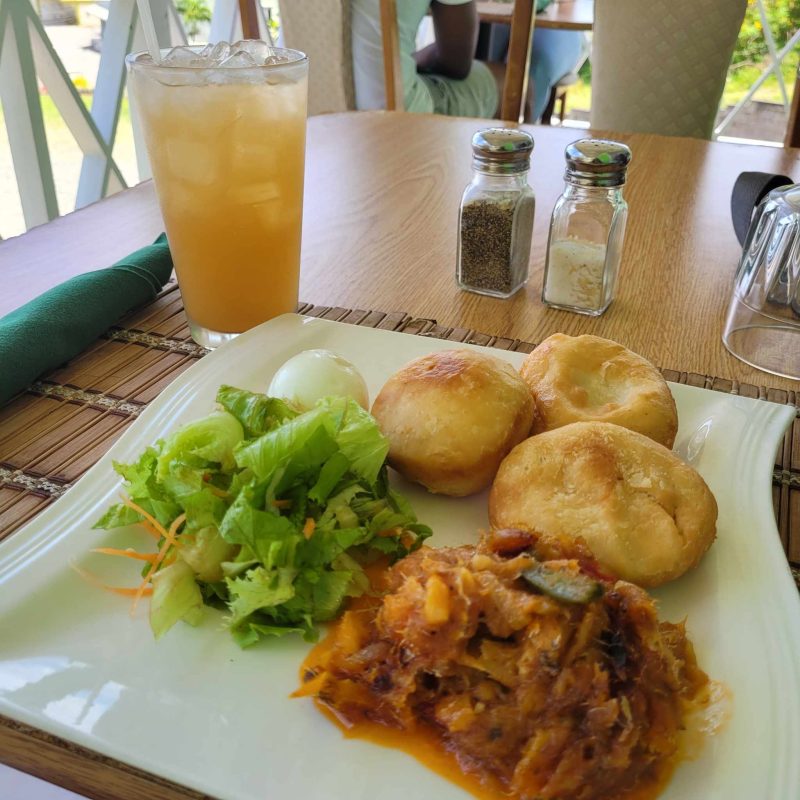
A Taste of Place
The World Food Travel Association defines food tourism as “the act of travelling for a taste of place in order to get a sense of place.” It’s not just about fine dining; it includes street food, farm visits, markets, and even the neighbour who invites you in for a homecooked meal. In fact, they note that locals exploring food outside their own neighbourhoods count as “food travellers” too.
For me, some of my most vivid memories across the Caribbean are tied to what I’ve eaten. From Fried Flying Fish with Macaroni Pie in Barbados, to Red Bean Soup in Jamaica, to the smoky, roadside Grilled Lobster of St. Maarten, food has always sealed the experience of being in a place. On Montserrat, it’s Saltfish with Coconut Dumpling from Dip n Althea’s, or Ducana the way Norene Brade makes it. Each dish carries more than flavour, it carries identity, memory, and belonging.
Montserrat has its own culinary treasures, but we rarely treat them as such. Take Juliana Meade’s Roast Balangé cookbook: a gift that captures local recipes, reimagines them for new contexts, and deserves to be in every Montserratian kitchen, restaurant, and school. Or look at the Sundial School in St. Maarten, which transformed from being seen as a “last choice” for students into a pipeline for hospitality careers. Their Source Restaurant, run entirely by students, doubles as a training ground and fine-dining experience. That’s what intentionality looks like.
Why does this matter for Montserrat? Because food is not just sustenance, it’s a cultural signature. Yet too often, visitors leave without tasting our cuisine or understanding what makes it unique. We have to revitalise our food culture for ourselves and share it confidently with the world.
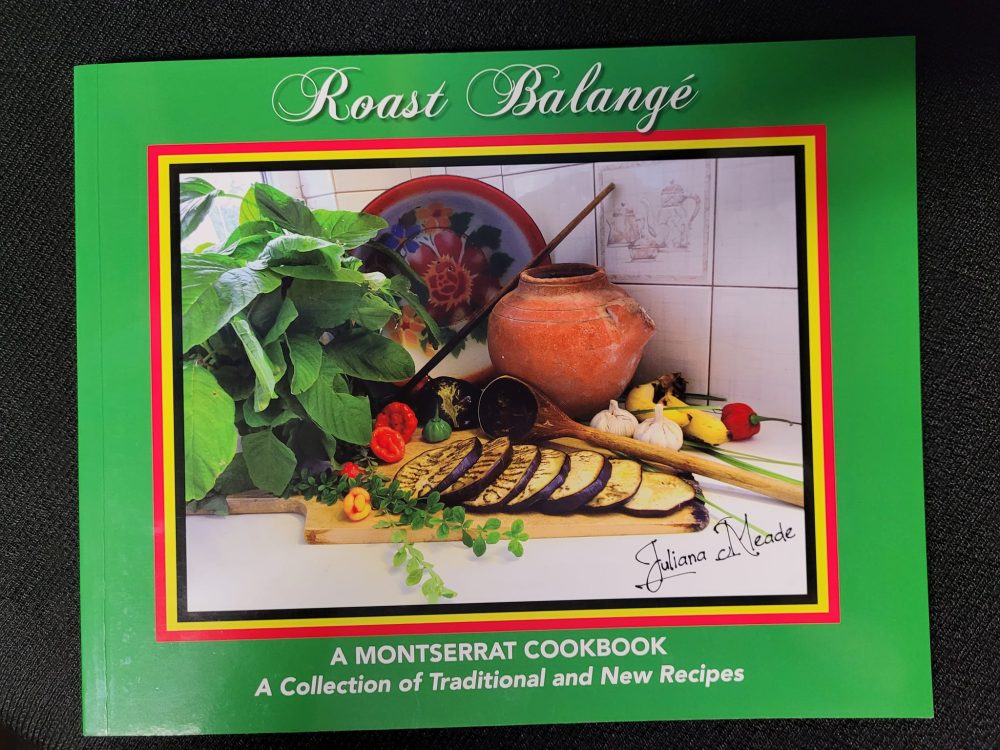
What Food Can Be: Culture, Economy, and Story
Culinary Identity – A distinct Montserratian cuisine blending Afro-Caribbean traditions and Irish influences.
Economic Engine – Greater demand means more restaurants, food stalls, farms, and suppliers. Culinary tourism multiplies opportunities across sectors.
Experiential Anchor – Food tours, cooking classes, pop-up dinners, and chef residencies can create immersive, must-do experiences.
Actions to Unlock Culinary Tourism
Create a Montserrat Food Map: A guide highlighting restaurants and chefs who serve Montserratian cuisine and their signature dishes.
Host a Food Festival: Whether reviving the Breadfruit Festival or launching a “Taste of Montserrat,” seasonal events could centre local food, drinks, and storytelling.
Support Culinary Training & Upskilling: Offer chefs opportunities to reimagine staples like breadfruit and cassava, while also elevating traditional dishes. Introduce chef residencies to expand our palettes.
Develop Signature Dishes & Experiences: Through workshops and competitions, define what best represents Montserrat on the plate.
Institutional Roles
Montserrat Tourism Authority (MTA): Develop a culinary brand strategy positioning our cuisine as a core reason to visit.
Government: Incentivise farm-to-table initiatives, assist restaurateurs with upgrades, and fund the documentation of traditional recipes.
Bank & Credit Union: Offer micro-loans for food entrepreneurs – food trucks, cafes, agro-processing ventures – without waiting for government partnerships.
Hospitality Council: Establish quality standards, mentorship, and advocacy for food businesses.
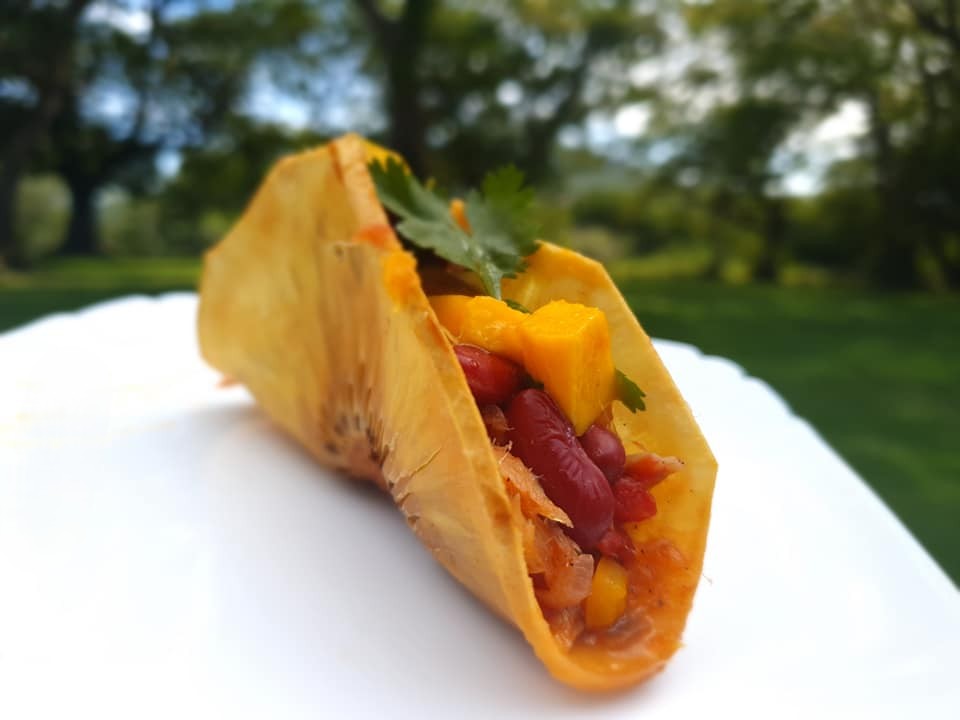
What Individuals Can Do Now
Restaurant Owners: Audit your menu. What tells a story? What’s forgettable?
Bar Owners can take inspiration from other award-winning bars on how to create branded experiences that draw people to Montserrat. Read Creating a World Class Bar Experience here.
Chefs: Document family recipes, develop signature dishes, and refine plating. (Tip: Try Juliana Meade’s Roast Balangé as inspiration.)
Entrepreneurs: Explore mobile food options or niche experiences like bush tea tastings, goat water classes, or cassava-making workshops.
Farmers: Collaborate with chefs to plant for bold, local menus.
The Economic Impact
According to the World Food Travel Association, culinary travellers spend 25–35% more than average tourists. In destinations with clear culinary branding, food becomes a powerful differentiator.
If Montserrat positions itself as a rising culinary destination, rooted in authenticity, powered by local talent, and told through story, we not only increase tourist spend but also create jobs, community pride, and a powerful reason for visitors to return. The 2024 expenditure survey proves the baseline is already there; food is one of the strongest tourism earners. The next step is elevating it into immersive, story-driven experiences that command premium value.
The flavour is here. It’s time to make it the main course.
